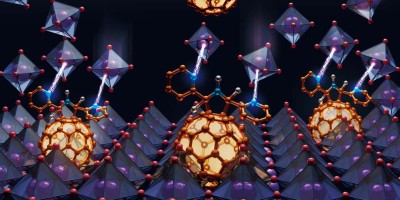Optical analogues of gravity let scientists interrogate astronomical phenomena that are otherwise difficult or impossible to study.

A. HAMILTON / AXEL MELLINGER
References
Hawking, S. W. Nature 248, 30–31 (1974).
Genov, D. A., Zhang, S. & Zhang, X. Nature Phys. 5, 687–692 (2009).
Narimanov, E. E. & Kildishev, A. V. Appl. Phys. Lett. 95, 041106 (2009).
Belgiorno, F. et al. Phys. Rev. Lett. 105, 203901 (2010).
Michell, J. Phil. Trans. R. Soc. 74, 34–57 (1784).
Einstein, A. Sitzber. Preuss. Akad. 25, 844–847 (1915).
Schützhold, R. & Unruh, W. G. (eds) Quantum Analogues: From Phase Transitions to Black Holes and Cosmology (Springer Lect. Notes Phys. 718, Springer, 2007).
Philbin, T. G. et al. Science 319, 1367–1370 (2008).
Weinfurtner, S. et al. Phys. Rev. Lett. (in the press); preprint at http://arxiv.org/abs/1008.1911 (2010).
Author information
Authors and Affiliations
Rights and permissions
About this article
Cite this article
Genov, D. Optical black-hole analogues. Nature Photon 5, 76–78 (2011). https://doi.org/10.1038/nphoton.2011.5
Published:
Issue Date:
DOI: https://doi.org/10.1038/nphoton.2011.5
- Springer Nature Limited
This article is cited by
-
Omnidirectional Surface Plasmon Polaritons Concentration in 3D Metallic Structures
Plasmonics (2019)
-
Wavefront shaping through emulated curved space in waveguide settings
Nature Communications (2016)
-
Trapping light by mimicking gravitational lensing
Nature Photonics (2013)
-
Correction
Nature Photonics (2011)


